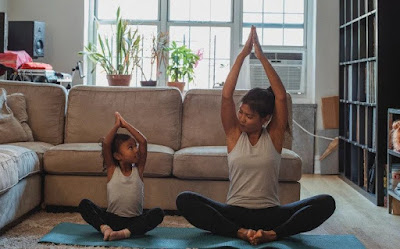Dance's Effects On Mood And Its Potential As A Mental Health Intervention
Regardless of your daily activities, your body requires specific time for workouts, which you can accomplish through various simple exercises that allow you to be active throughout the day. There are numerous ways to keep you engaged in your day, but when it comes to dancing, there is one way in which you will most likely live to your fullest.
We have a strong connection with music, and it all starts with that when it comes to moving your body. It is considered the best therapy for people suffering from mental illnesses and feeling down. You can schedule time for it throughout the day, and the Dancing App For Mental Health Patients will assist you greatly in getting through this journey. The following post will cover various topics, such as our
method and why we do it.
Background
When the pandemic hit, people discovered new ways to exercise. Dance is one such activity that can be done at home and adapted to most people's abilities. Dance has been shown to have physical and psychological benefits, but little about how different dance styles affect mood.
Aim
To investigate the effect of dance on mood using only 10 minutes per day compared to a control group and to determine whether the impact of dance on mood differs depending on the dance style.
Methods
Following the installation of the Mental Health iOS Mobile App, you must select the other option, which will provide you with four characters to dance with, with each dance recording your child's:
Stability
Symmetry
Synchrony
Balance & more
Following that, users will receive personalized, prescribed dance recommendations based on the results of their movements, and you will be able to monitor your child's progress in real-time.
All dances, as a physical activity, will improve your child's mental strength and cognitive resiliency and help manage and control symptoms of anxiety and depression.
Results
Participating in a dance class improved one's mood more than in the control group. Age and dance class status predicted improved mood, but age was more potent than dance class status.
Conclusion
Dance may be an excellent way to improve your mood, especially if you can only exercise at home. Then there's the Dancing App for Mental Health. Dance could be used as a mental health intervention in addition to more traditional therapeutic approaches, potentially as a social prescription intervention by patients.

.jpg)
Comments
Post a Comment